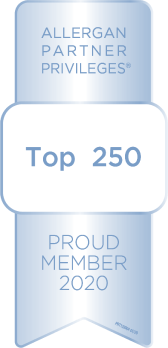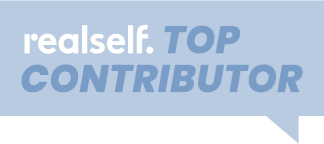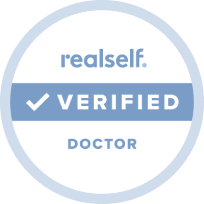You love your grandparents dearly. If only you hadn’t inherited Grandpa’s nose! The United States may be famous as a melting pot, but for many of us, our cultural heritage is readily apparent. Especially in the size and shape of our nose. As proud as we are of our ancestry, some people wish their nose looked just a little more “Western.”
So when we talk about ethnic rhinoplasty, we’re usually speaking about non-Caucasian noses. Your “ethnic” nose may have a distinct dorsal hump, wide nostrils, a bulbous tip, or you may lack an elevated bridge between your eyes.
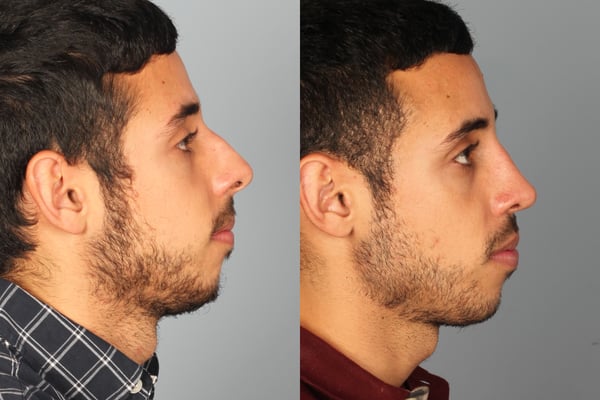
Dr. Raval says questions about ethnic rhinoplasty are not unusual. In the past, most patients wanted a very different, “Caucasian” nose. Now, however, patients want to maintain their ethnicity but make minor changes. He thinks that’s a good thing. And he says this type of procedure can be very successful, under the right circumstances.
Most often, patients are looking for symmetry more than anything else. For example, maybe your nose has always featured an ethnic bump. That was fine, because it’s “you.” But then a sports accident broke your nose, and now the bump is bigger, or your nose is crooked. That may affect your breathing as well as your appearance. And once your broken nose sets, it’s harder to restore. You can view Dr. Raval's rhinoplasty surgery patient results in our before and after gallery.
Ethnic rhinoplasty presents three specific challenges
Thick Skin
Nasal surgery results are usually best when patients have thin skin. Those of us with darker skin – African, Indian, Middle Eastern, or Hispanic, for example – tend to have thicker skin. That makes rhinoplasty more challenging. Thicker skin makes it harder to achieve definition when reshaping bone and/or cartilage, because the thickness of the covering skin essentially hides the changes, especially around the tip of the nose.
For some patients, Dr. Raval can actually thin the nasal skin a little from the underside, to enhance the resulting visual definition.
SHORTER SEPTUM
Another concern is that noses with a large, bulbous tip tend to have a smaller septum (the ridge that separates the nostrils). Normally, cartilage from the septum is used to re-shape the nose, but if the septum is small to begin with there may not be enough cartilage. That limits the extent of change possible.
If you’re looking for narrower nostrils, Dr. Raval can perform a Weir procedure. However that requires making external incisions, which can lead to visible scarring. And narrowing the visible part of your nose also narrows your airways – too much and your breathing may become restricted.
Increasing Bridge Size
The old-style procedure for increasing bridge size involved silicone implants, but that invites infection. Instead, Dr. Raval uses cartilage from the nose, sometimes the ear, or even cadaveric cartilage. If the desired change is small enough, Dr. Raval can use dermal filler to add volume instead. This is called a liquid nose job. Although dermal fillers typically need to be renewed every few months, when used in this manner injections can last up to two years or more. This option is also much less expensive – about $500 for a dermal filler versus about $10,000 for nasal reconstruction surgery.
Consult with a doctor about your rhinoplasty
A person’s ethnicity isn’t so easy to see anymore, because we are an increasingly multi-racial nation. So how you look doesn’t tell your whole story. For instance, you may be of Hispanic or Indian descent and have darker skin, but you may not have thicker skin.
The only way to know if you’re a good candidate for ethnic rhinoplasty – or any type of nasal procedure – is to schedule a personal consultation with Dr. Raval. He’ll want to know about your medical history and, of course, about the aesthetic and/or functional changes you wish to make to your nose. He can examine your face and skin, then recommend the best course of action for you as an individual, based on his extensive surgical experience.
- Acne
- Botox/Dermal Fillers
- Browlift
- Chemical Peels
- Chin Augmentation
- Consultation
- Denver Facial Plastic Surgeon
- Deviated Septum
- Eyelid Procedures
- Facelifts/Necklifts
- Headaches/Excessive Sweating
- Healthy Living
- Laser Hair Removal
- Laser Treatments
- Latisse
- MedSpa
- Memberships
- Microdermabrasion
- Nasal Valve Collapse
- Non-Surgical Procedures
- Rhinoplasty
- Skin Care
- Thread Lifts
- Wrinkle Treatments


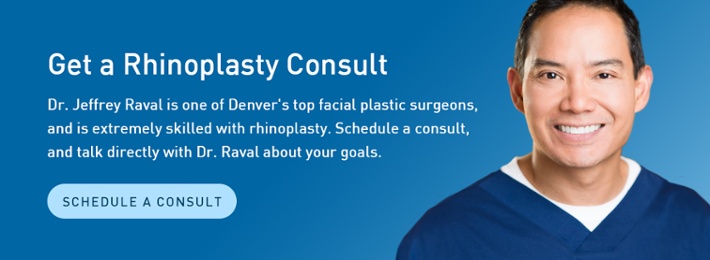
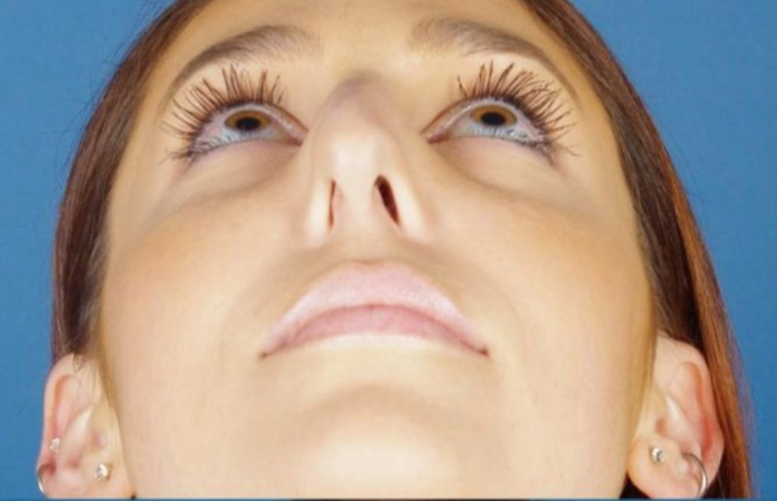
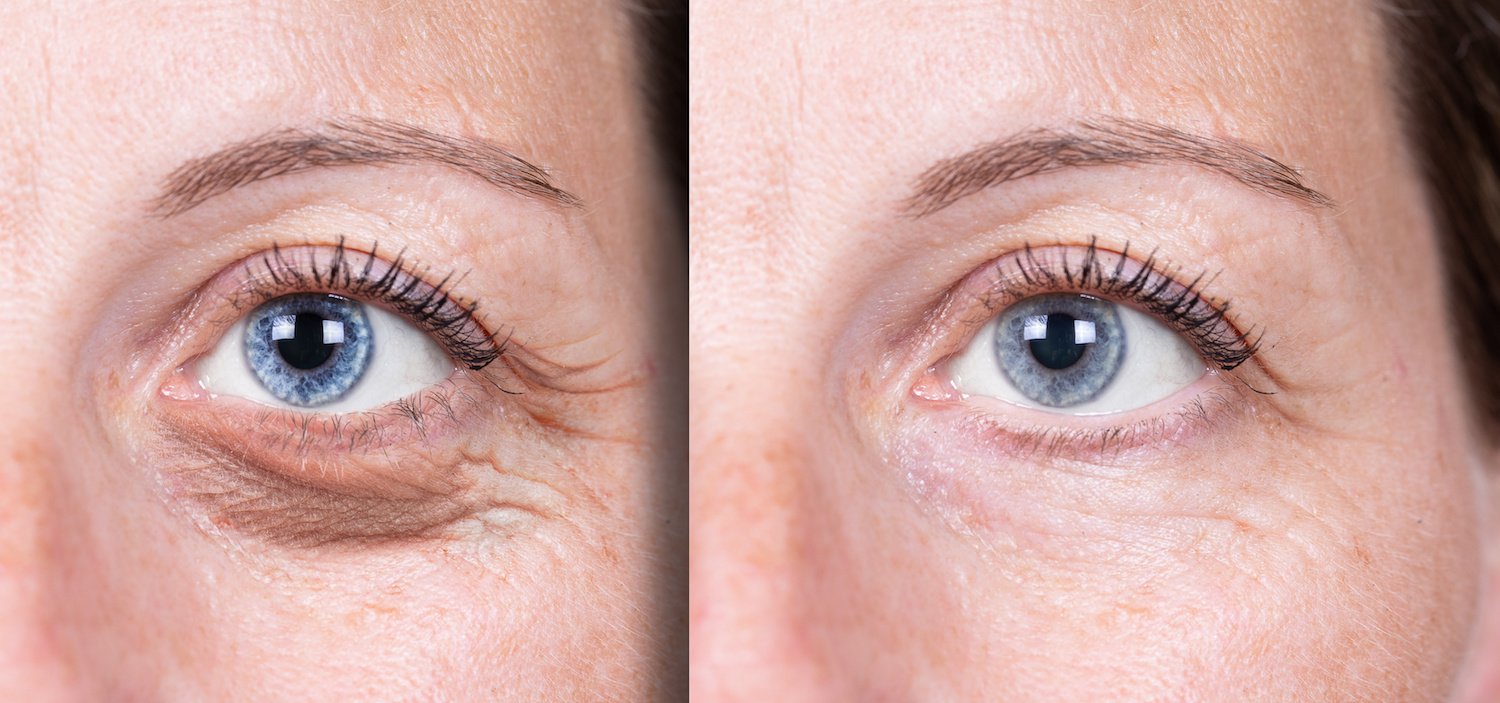
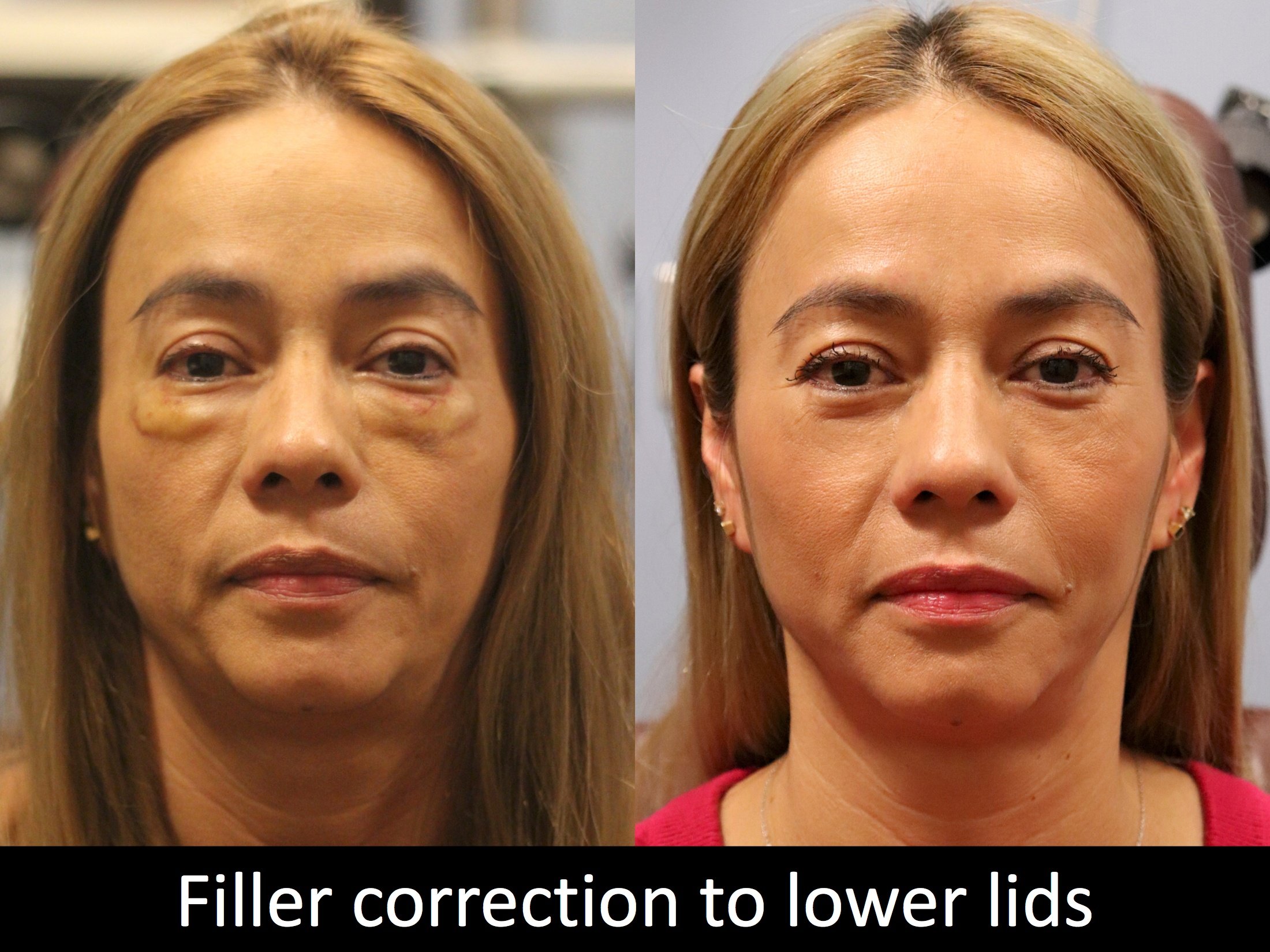
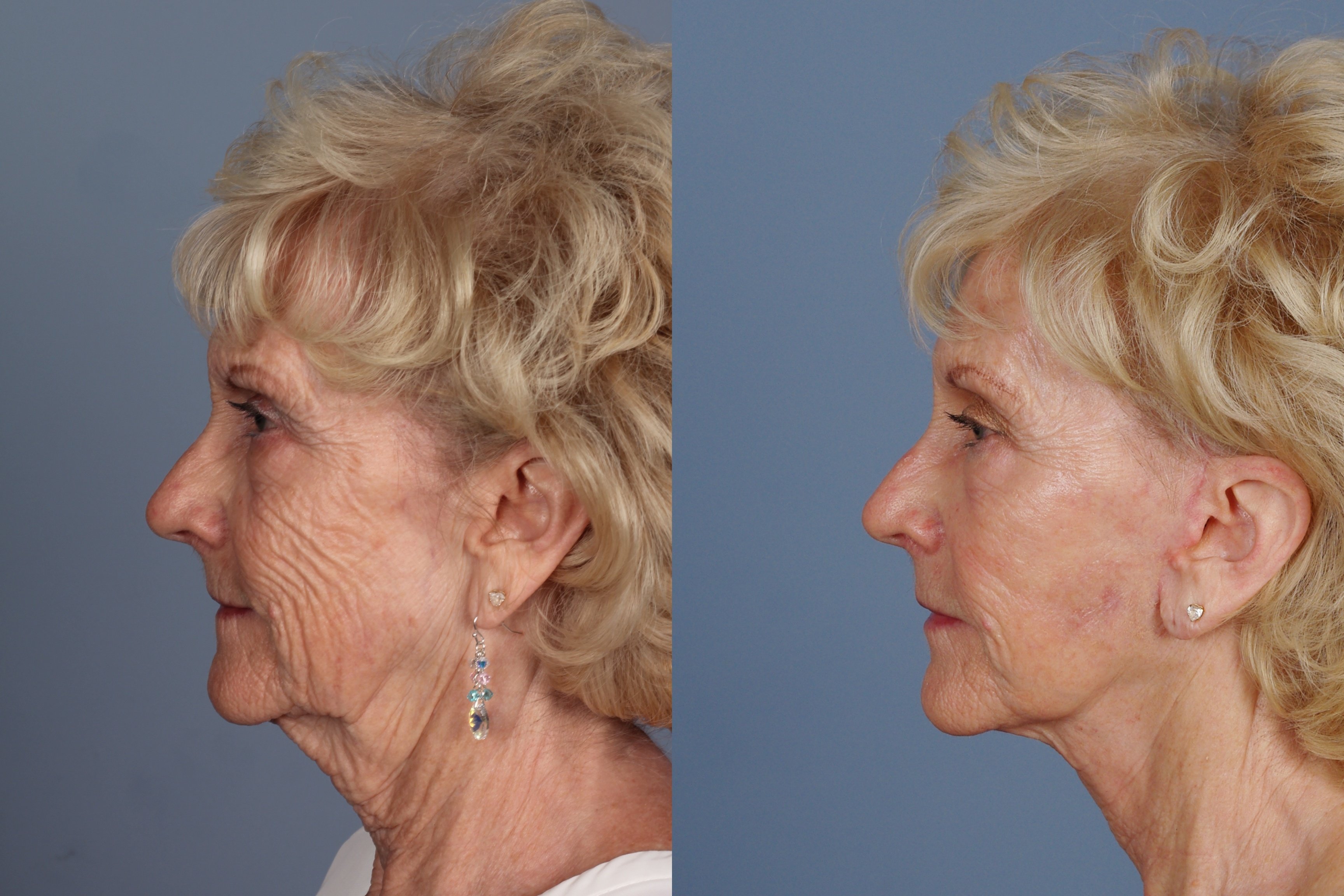
.jpeg)



